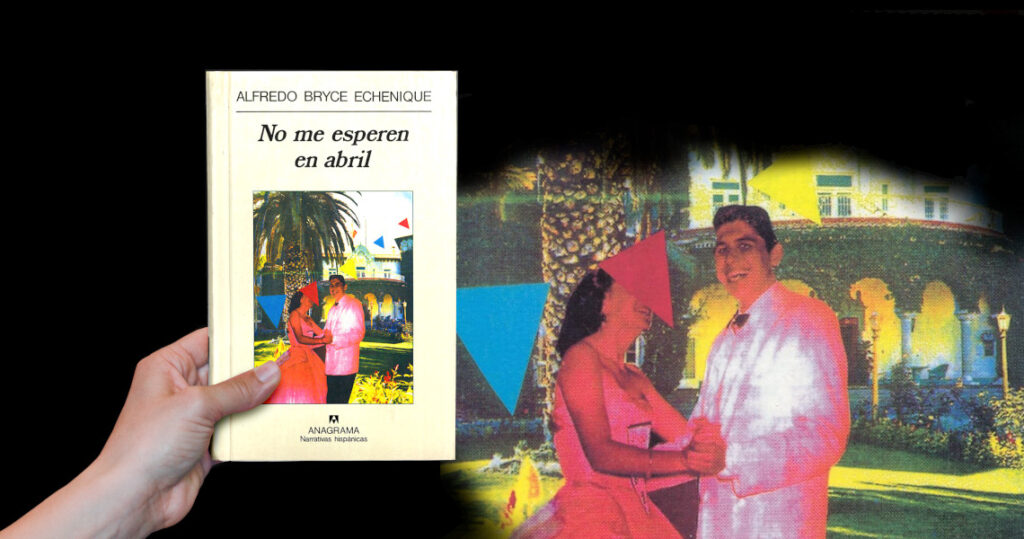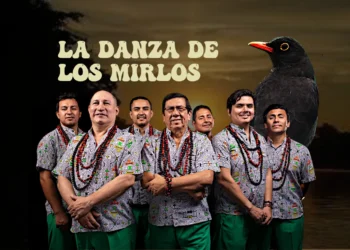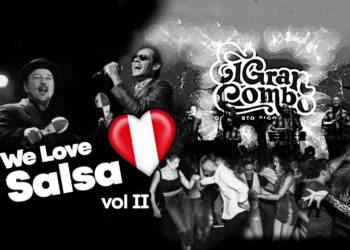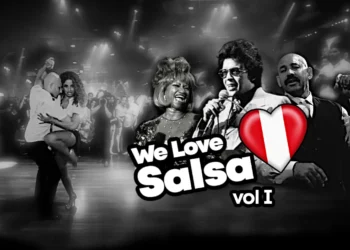This post is also available in:
Español
English
De Peruaanse literatuur is een cruciale pijler geweest in de Latijns-Amerikaanse cultuur, en
weerspiegelt de ervaringen, strijd en transformaties van het land door de eeuwen heen. In dit
artikel presenteren we de tien belangrijkste boeken van de Peruaanse literatuur, gerangschikt
op basis van hun impact op de samenleving, hun bijdrage aan de culturele identiteit van het
land en hun internationale weerklank. Deze werken hebben niet alleen generaties Peruaanse
lezers gevormd, maar dienen ook als vensters om de complexe en rijke diversiteit van Peru te
begrijpen.
Deze tien boeken vormen het hart van de Peruaanse literatuur, elk met een unieke kijk op de
samenleving, identiteit en geschiedenis van het land. Van verhalen over strijd en verzet in de
Andes tot portretten van de aristocratie van Lima, deze werken blijven lezers boeien, zowel
binnen als buiten het land, en fungeren als culturele bakens die ons uitnodigen om de rijkdom
en complexiteit van Peru te verkennen.
1. “La Ciudad y los Perros” (1963) – Mario Vargas Llosa
Dit baanbrekende werk van Mario Vargas Llosa, een sleutelstuk van het Latijns-Amerikaanse
“boom”-tijdperk, “La Cidad y los Perros” introduceerde de Peruaanse literatuur bij een wereldwijd publiek. De roman
geeft een aangrijpend beeld van de wreedheid binnen een militaire school in Lima en stelt
maatschappelijke thema’s zoals autoritarisme, machismo en geweld ter discussie. Deze roman
was de doorbraak voor Vargas Llosa en markeerde een keerpunt in de Latijns-Amerikaanse
literaire geschiedenis.
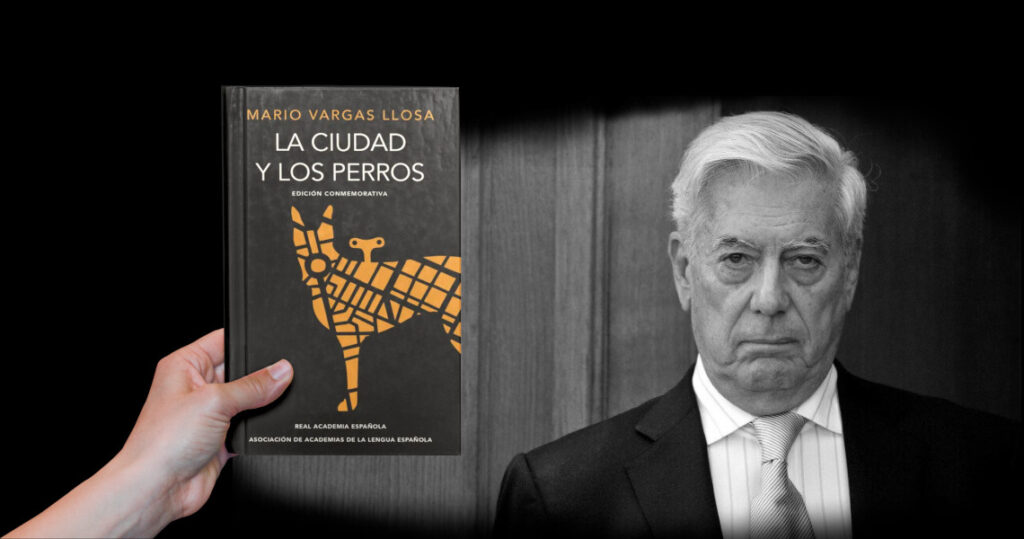
2. “Los Ríos Profundos” (1958) – José María Arguedas
Een meesterwerk van het indigenisme, “Los Ríos Profundos” biedt een diep inzicht in de
Peruaanse mestizo-identiteit. Arguedas weet als geen ander de fusie van de Andes-wereldvisie
en de westerse cultuur vast te leggen. Via de ogen van een jonge protagonist beschrijft de
roman het leven in de Andes en de mystieke band tussen mens en natuur. Dit boek is essentieel
om de ziel van het diepe Peru te begrijpen.
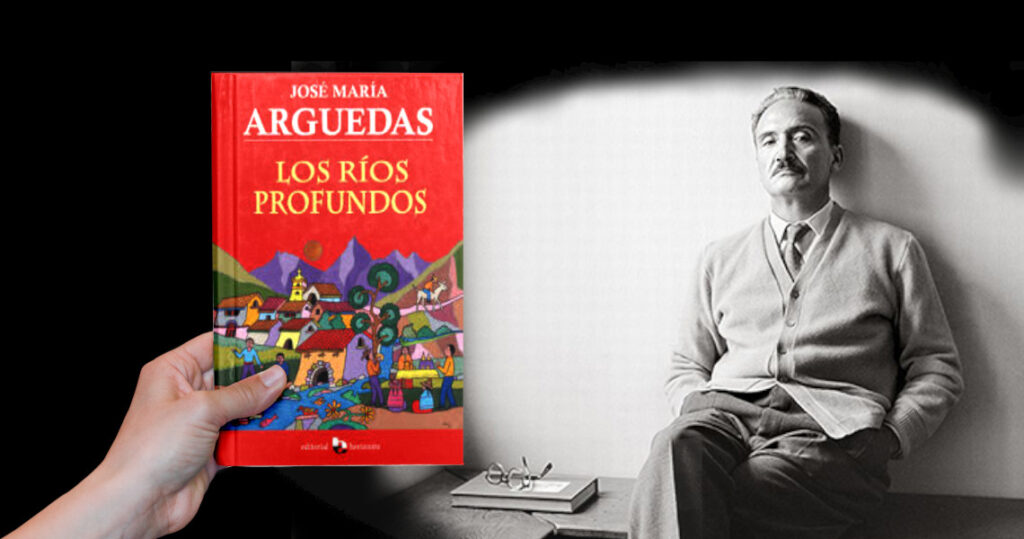
3. “El Mundo es Ancho y Ajeno” (1941) – Ciro Alegría
EDeze epische roman vertelt het verhaal van een inheemse gemeenschap die vecht om hun land
te behouden tegen de uitbuiting door grootgrondbezitters. “El Mundo es Ancho y Ajeno” is een
van de meest invloedrijke indigenistische romans en benadrukt de sociale ongelijkheid en
onrechtvaardigheid die de inheemse bevolking van Peru heeft ervaren. Dit werk is zowel een
sociaal protest als een ode aan de veerkracht van de Andesvolkeren.
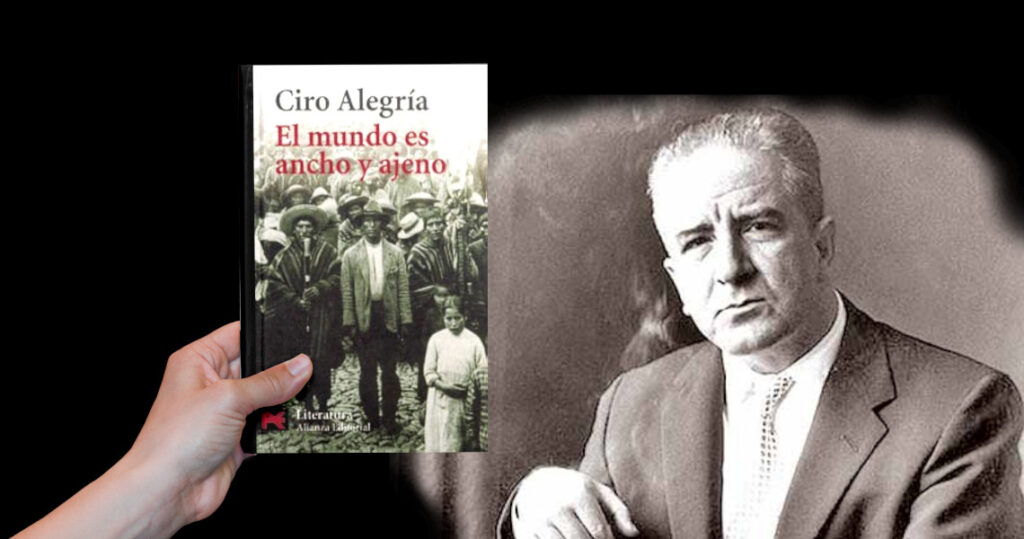
4. “Tradiciones Peruanas” (1872-1910) – Ricardo Palma
Beschouwd als het fundament van de Peruaanse literatuur, zijn de “Tradiciones Peruanas” van
Ricardo Palma een verzameling historische verhalen en legendes die de koloniale geschiedenis
van Peru vastleggen. Met een humoristische en luchtige stijl vertelt Palma anekdotes en
mythen, waardoor zijn “tradiciones” een onschatbaar archief vormen van de collectieve
herinneringen van het land. Dit werk is onmisbaar voor het begrijpen van de koloniale erfenis en
de Peruaanse identiteit.
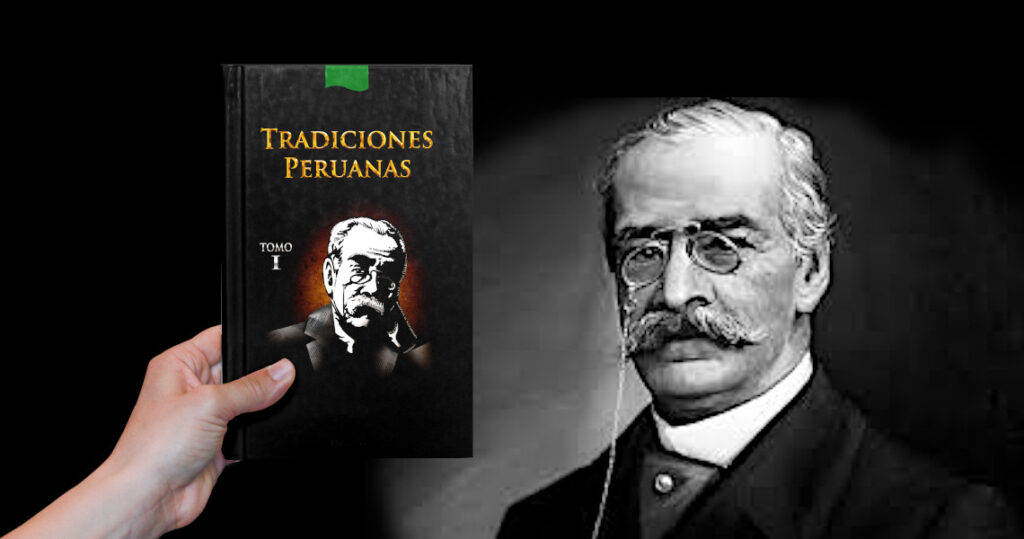
5. “Todas las Sangres” (1964) – José María Arguedas
Deze monumentale roman verkent de spanningen tussen de inheemse en kustgebieden van
Peru in een tijd van modernisering. Arguedas portretteert via verschillende personages de
machtsstrijd tussen sociale klassen, etniciteiten en regio’s van het land. “Todas las Sangres” is
een diepgaande reflectie op de culturele diversiteit en identiteitsconflicten van Peru. Het boek is
een must-read voor iedereen die de pluriculturele en sociale veranderingen van het land wil
begrijpen.
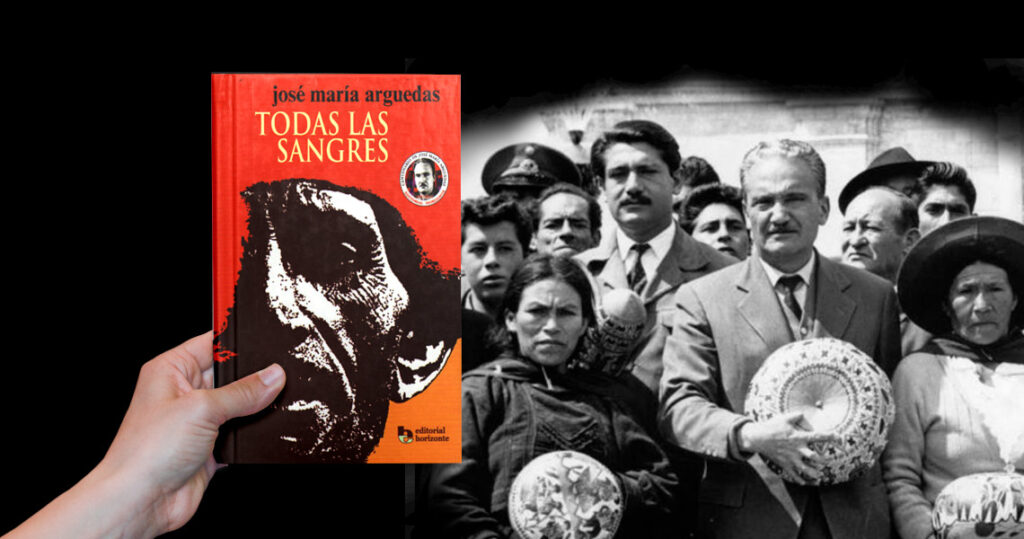
6. “Trilce” (1922) – César Vallejo
Een van de meest vernieuwende poëziebundels in de Spaanse literatuurgeschiedenis, “Trilce”,
breekt met alle poëtische conventies van zijn tijd. Met cryptisch taalgebruik en een
revolutionaire structuur verkent César Vallejo thema’s als vervreemding, pijn en eenzaamheid.
Het blijft een van de meest complexe en diepgaande werken in de moderne Latijns-
Amerikaanse poëzie.
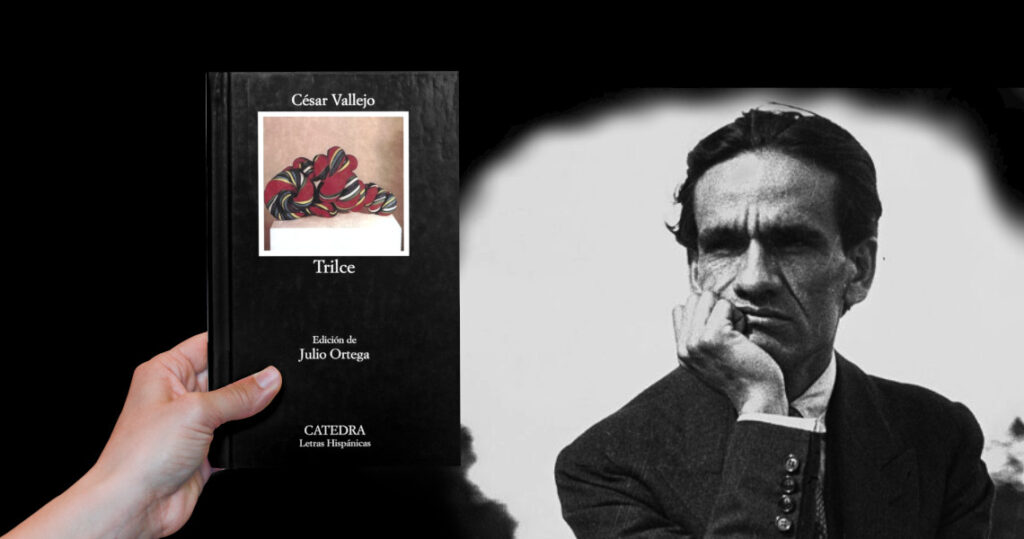
7. “Un Mundo para Julius” (1970) – Alfredo Bryce Echenique
Met een frisse en satirische stijl schetst Bryce Echenique het leven van de Peruaanse elite door
de ogen van een kind. “Un Mundo para Julius” biedt een scherpe, maar soms ontroerende kijk
op sociale ongelijkheid en privileges in Peru. De onschuld van de jonge protagonist contrasteert
sterk met de oppervlakkigheid en het klassensysteem van zijn familie, waardoor dit boek een
essentieel werk binnen de Peruaanse literatuur is geworden.
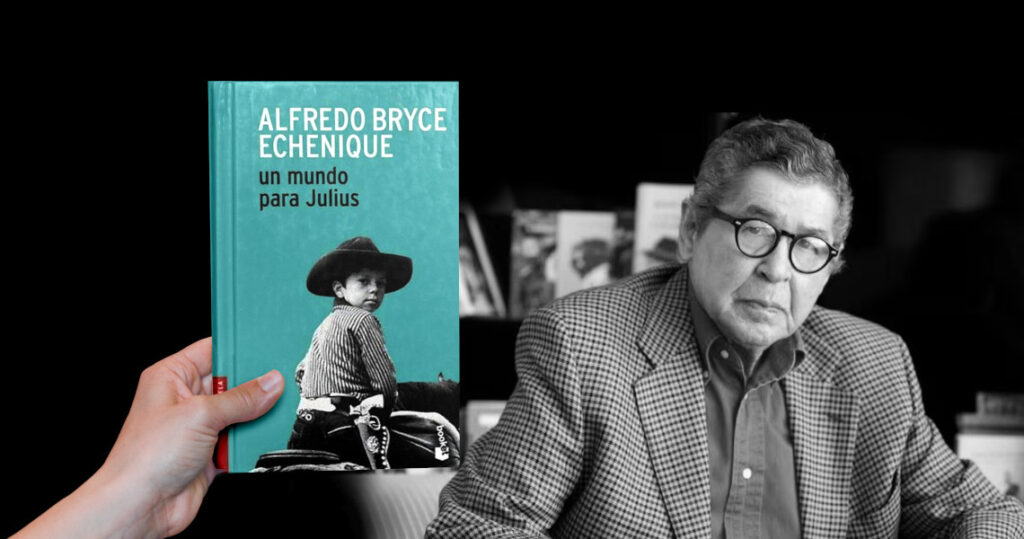
8. “El Sexto” (1961) – José María Arguedas
Geïnspireerd door Arguedas’ eigen ervaringen in de gevangenis, beschrijft “El Sexto” de
wreedheid van het gevangenisleven onder een repressief regime. Met een rauwe vertelstijl
verkent deze roman de onmenselijkheid van het gevangenissysteem en de weerstand tegen
corruptie. Het werk is een krachtige weerspiegeling van de politieke en sociale spanningen in
Peru.
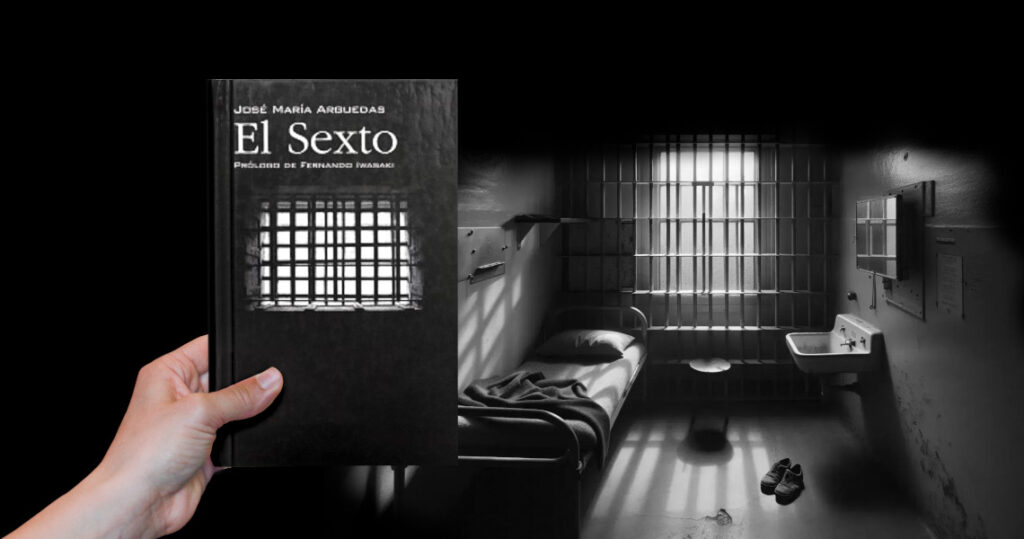
9. “Poemas Humanos” (1957) – César Vallejo
Deze poëziebundel is een van de belangrijkste werken van Vallejo en bevat enkele van de
meest universele thema’s uit zijn oeuvre. “Poemas Humanos” behandelt onderwerpen als de
dood, lijden en menselijke solidariteit, en wordt gekenmerkt door de existentiële pijn en innerlijke
strijd die Vallejo’s werk doordrenkt. Deze gedichten verbinden de menselijke ervaring op een
transcendent niveau, en zijn een hoeksteen van de Latijns-Amerikaanse poëzie.
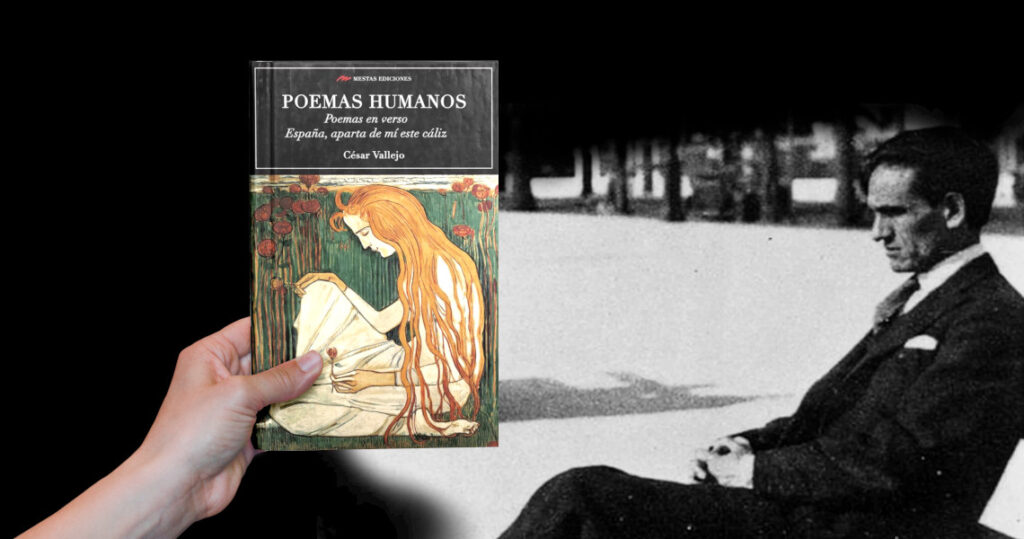
10. “No me Esperen en Abril” (1993) – Alfredo Bryce Echenique
Deze jeugdroman, gesitueerd in het Lima van de jaren 50, vangt met humor en nostalgie de
ervaringen van adolescentie en familieperikelen. “No me Esperen en Abril” is een sleutelwerk
binnen Bryce Echenique’s nostalgisch realisme, waar hij meesterlijk komedie en melancholie
vermengt om gedenkwaardige personages te creëren. Het is een intieme blik op het Lima van
toen en de universele emoties van de jeugd.
